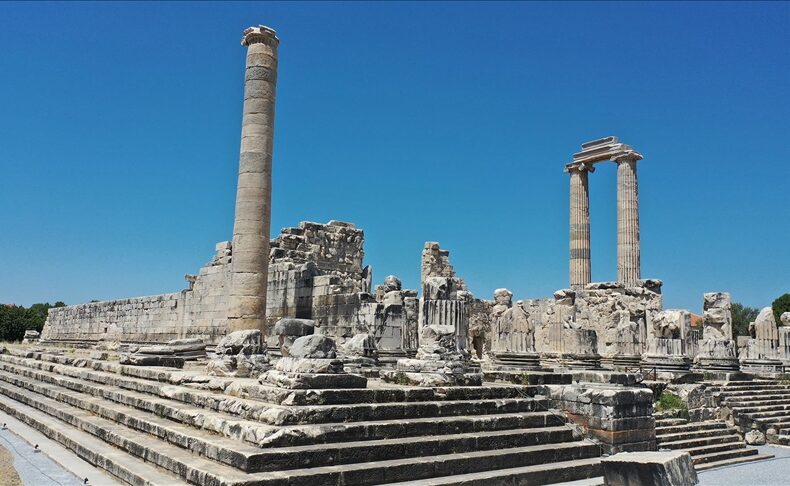
Apollo Temple in Didim Opens for Night Visits: A Journey Through Ancient Prophecies After Sunset
One of the ancient world’s most mystical and awe-inspiring landmarks, the Temple of Apollo in Didim, Türkiye, is now open for nighttime visits. As part of the Turkish Ministry of Culture and Tourism’s “Heritage for the Future” initiative, the ancient prophecy center has been illuminated to offer visitors a truly unique experience under the stars.

Historic Ani Cathedral Under Restoration: Reopening as a Mosque Under Consideration
One of Kars’ most significant cultural heritage sites, the Ani Cathedral (Surp Asdvadzadzin), is undergoing extensive restoration. Upon completion, authorities are considering opening the historic structure to visitors as a mosque. Located within the UNESCO World Heritage Site of Ani Archaeological Zone, the cathedral was built in the late 10th century during the rule of

Nearly Intact 1,500-Year-Old Mosaic Unearthed in Ancient City of Dara, Türkiye
Archaeologists working in the ancient city of Dara, located in Türkiye’s southeastern province of Mardin, have uncovered a remarkably well-preserved 1,500-year-old mosaic floor. The discovery, made in a former Roman residential area, is being hailed as one of the most significant finds in recent years. The excavation is part of the Turkish Ministry of Culture
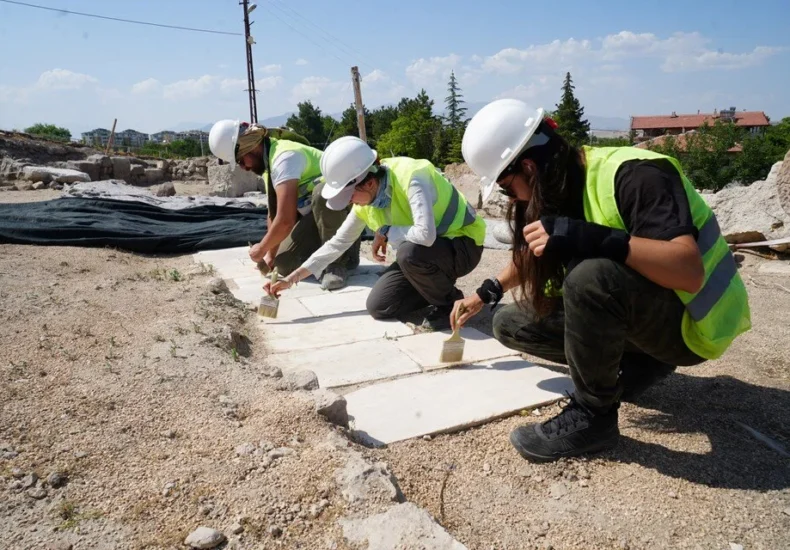
1,500-Year-Old Baptistery Unearthed in Ancient City of Tyana
Ongoing excavations in the ancient city of Tyana, located in Kemerhisar town of Bor district in Niğde, Türkiye, continue to reveal stunning insights into the region’s rich historical heritage. The latest discovery is a remarkably well-preserved baptistery believed to be over 1,500 years old. Part of Türkiye’s “Heritage for the Future” Initiative Archaeological work at
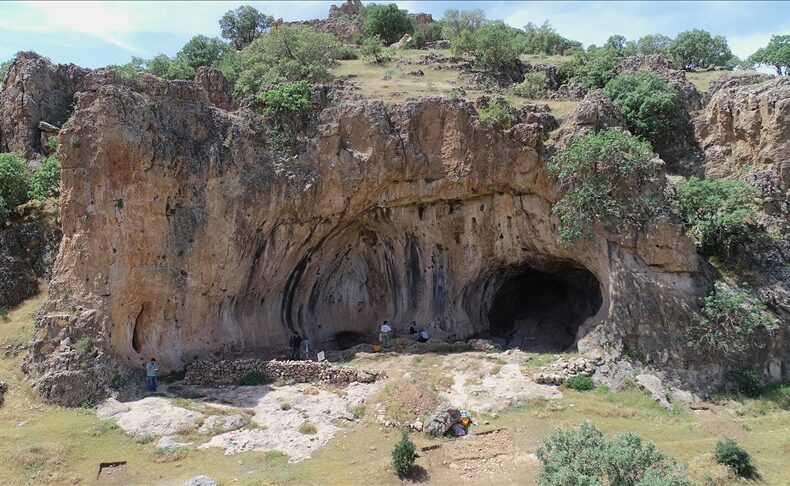
Traces of Humanity Stretch Back 400,000 Years: Striking Discoveries in Uluköy Cave
Archaeological excavations in Uluköy Cave, located in Mardin’s Kızıltepe district in southeastern Türkiye, have revealed evidence of human presence dating back 400,000 years. From obsidian tools to animal remains, the discoveries shed new light on the deep roots of human history in Anatolia. The First and Only Cave Excavation in Northern Mesopotamia Uluköy Cave, nestled
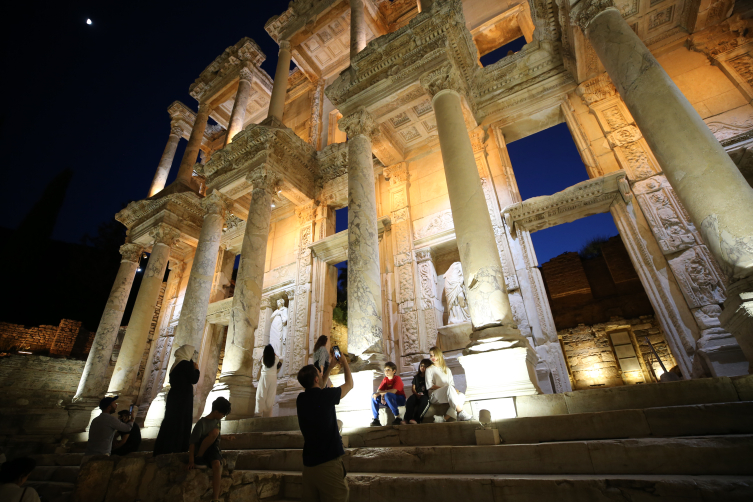
Ephesus Ancient City Now Open at Night: A Magical Journey Through Time Under the Stars
Ephesus, one of Turkey’s most iconic UNESCO World Heritage Sites, is now offering visitors a unique opportunity to explore its ancient streets under the night sky. As part of a new initiative by the Turkish Ministry of Culture and Tourism, the historical site is illuminated with special lighting, creating a mesmerizing atmosphere after sunset. Walk
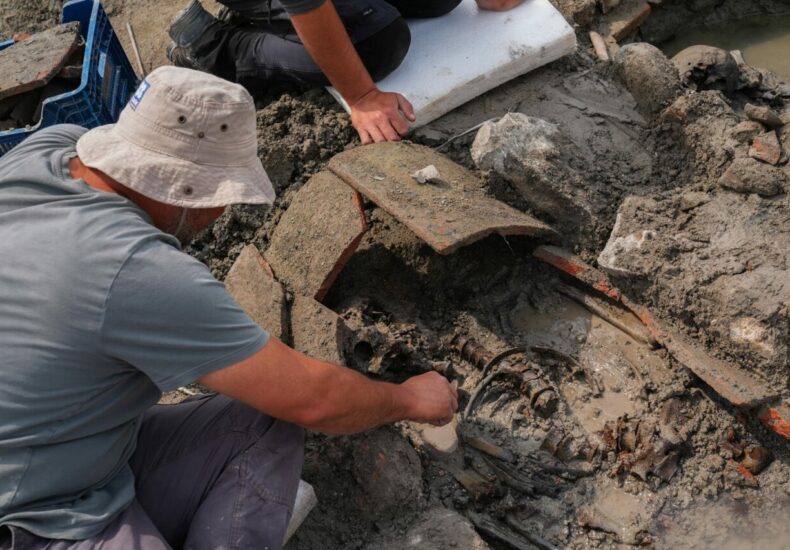
Archaeologists Discover Tombs at the Underwater Basilica in İznik
The historic town of İznik, located in Türkiye’s Bursa province, is once again in the spotlight due to an extraordinary archaeological discovery beneath the waters of Lake İznik. Archaeologists have unearthed ancient Christian tombs surrounding the submerged basilica, shedding new light on the area’s religious and cultural significance. Unearthing the Past Beneath the Lake First

The 1,000-Year-Old Ani Walls Defy Time and History
Located in the Arpaçay Valley of Kars, Türkiye, the Ani Archaeological Site, a UNESCO World Heritage location, stands out not only with its multicultural heritage but also with its magnificent city walls, which have remained standing for over a millennium. Ani: The Cradle of Civilizations Throughout its long history, Ani was ruled by various civilizations
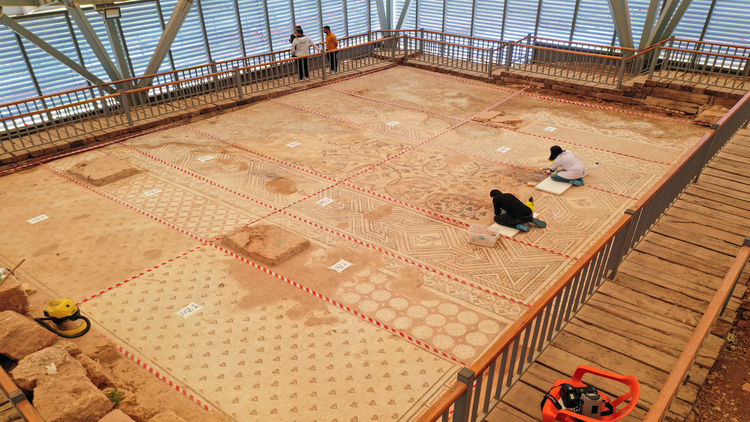
Preserving the Past: Conservation Underway on 1,500-Year-Old Mosaic in Türkiye’s Ancient City of Perre
In the heart of southeastern Türkiye, a remarkable 1,500-year-old floor mosaic is being preserved as part of ongoing conservation efforts in the ancient city of Perre. Located in Adıyaman province, the ancient city of Perre—one of the five major cities of the Kingdom of Commagene—is home to a stunning 125-square-meter mosaic dating back to the
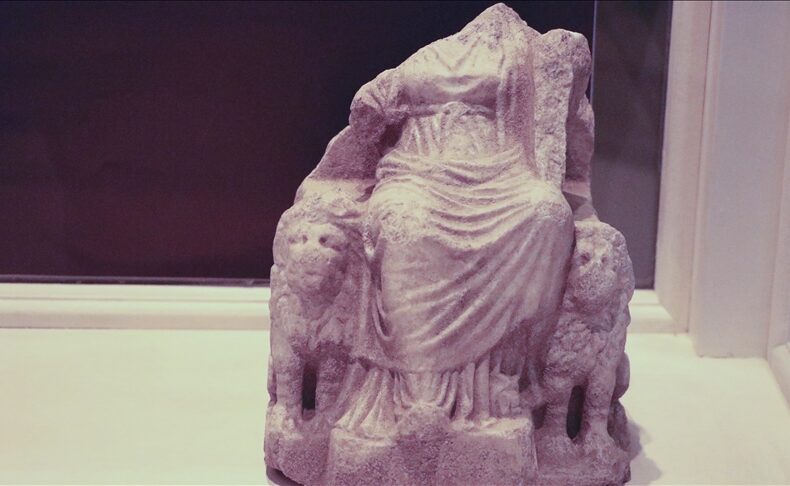
Rare Cybele Statue on Display at Tekirdağ Archaeology Museum Sheds Light on Ancient Anatolian Mother Goddess Cult
The Tekirdağ Archaeology and Ethnography Museum attracts thousands of visitors each year, with one of its star exhibits being a remarkable statue of Cybele, the ancient Anatolian mother goddess symbolizing fertility, nature, and protection. This statue, uncovered during excavations at the nearby Heraion-Teikhos Ancient City, offers a rare glimpse into the spiritual life of ancient
